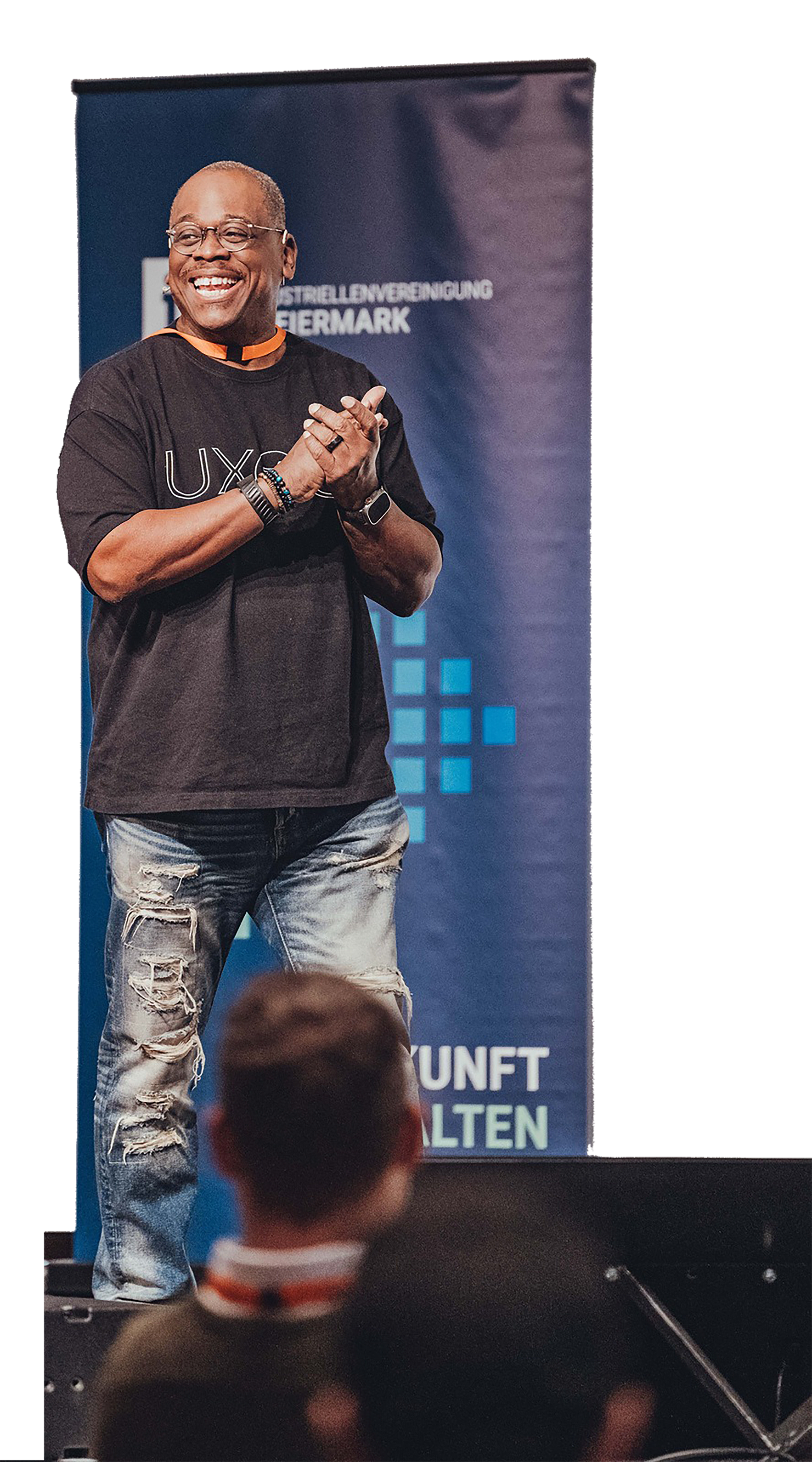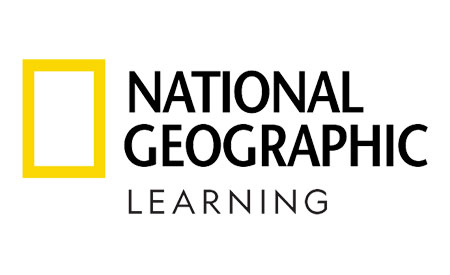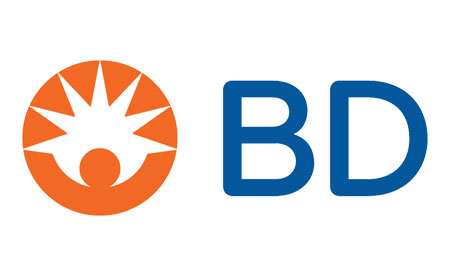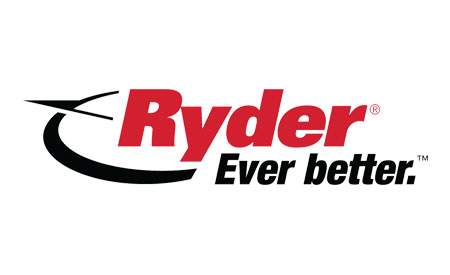frequently
asked
questions
Things people ask Darren
My entry happened in 1995. I was frequently called upon to help with technology-related needs. While helping a non-profit with some initiatives, I was tasked to help them establish a presence on the Internet. I accepted the challenge and created their first website. I fell in love with the discipline immediately, but wasn't until 10 years later than I decided to truly commit.
In the earlier days, I was self-taught. The site I created in 1995 was done with trial and error. I thought it only made sense to make sure things were easy to use, easy to read, and met the needs of site visitors. I soon began frequenting certain websites and started to build my library. I would spend hours upon hours immersing myself in the content and (unbeknownst to me) beginning to hone my craft. It wasn't until 2006 that I began pursuing UX-related degrees, eventually achieving two — one from Syracuse and one from Kent State.
In 1995, I started engaging and applying myself to things I now know as information architecture, findability, ease of use, cognitive load, and accessibility. I immediately launched a free-lance design operation, leading design efforts for several small businesses (e.g., legal, local newspapers, athletes, retail, and non-profit organizations). I helped launch the first Intranet site for a Fortune 500 HR department and served as the Webmaster for another organization's Internet and Intranet sites. I also helped launch a website and branding design department, where we produced work for 23 credit unions across the United States. I slowly, but surely, fell in love with the discipline, abandoning plans to be an instructional designer (for the time being). 😉
In 2005, I made the leap and landed my first full-time UX job as an information architect for a major banking organization. The rest is history.
Having worked in agile environments dating back to 2013, I have learned that the best way to approach UX work in an agile environment involves understanding critical needs for each sprint and making sound commitments for each sprint based on those needs. I've found that sound UX operation in agile environments is based upon making commitments on what will be delivered each sprint and following through on those commitments. In so doing, the assumptions many make about UX's supposedly being incompatible with agile can be dissipated and countered.
Yes. I obtained my first e-commerce experience in 2007. I created a shopping cart experience for a successful small business in metro Detroit. A few years later, I created an e-commerce site from the ground up. Both engagements were a tremendous success. I later developed a framework for e-commerce best practices for a Fortune 500 company. I possess a full understanding of how e-commerce works from a UX perspective and am skilled at managing the associated microexperiences.
Successful UX efforts are not achievable without collaboration. I've been working and collaborating with multi-disciplinary teams since 2005. The teams I worked with at Comerica Bank, Wunderman Digital, MRM/McCann, IBM, Cengage Learning, National Geographic Learning, Unisys, Bosch, Quicken Loans, Ryder, United Wholesale Mortgage, and others were all comprised this way.





